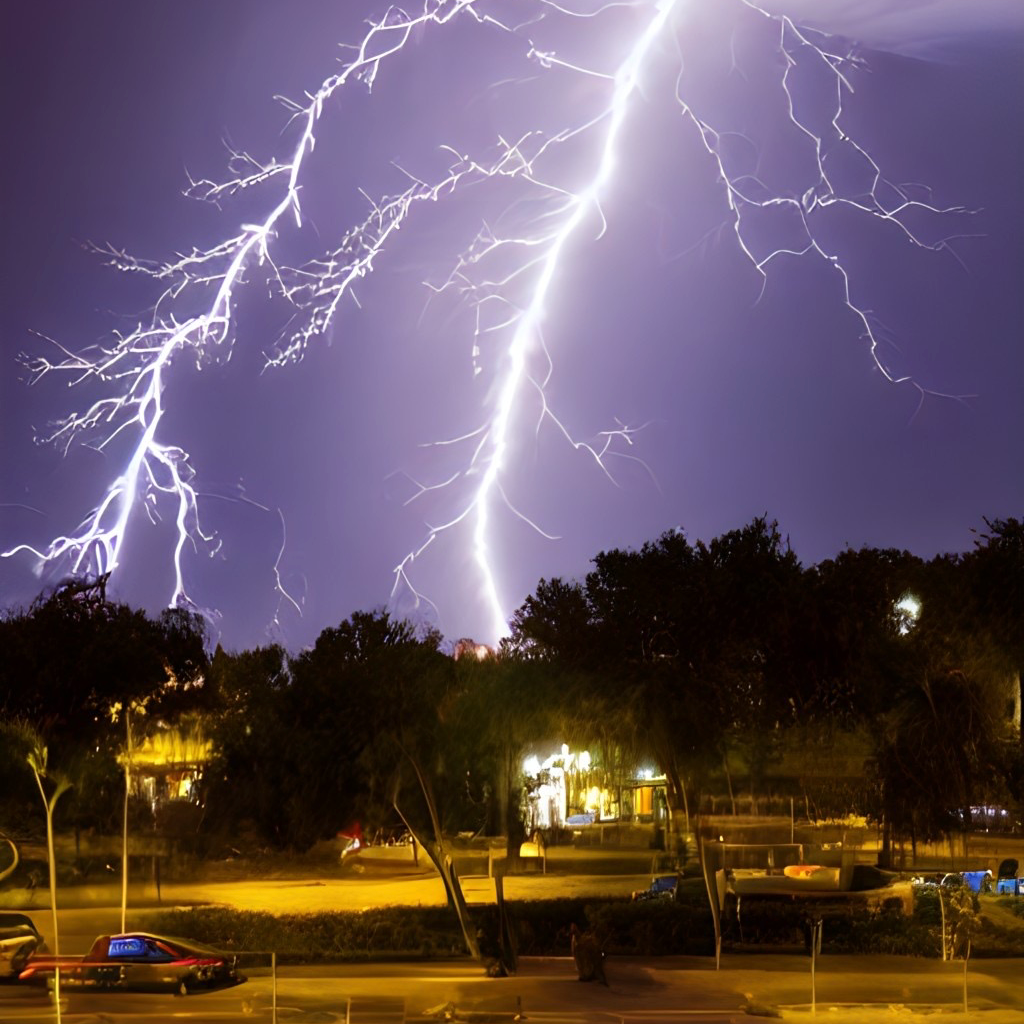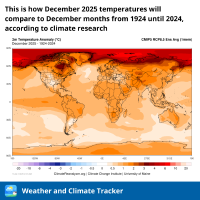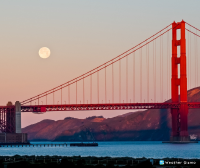Understanding the Urban Heat Island Effect

What is the Urban Heat Island Effect?
The urban heat island effect describes the phenomenon where urban areas are significantly warmer than surrounding rural areas. This temperature difference can range from 1-3°C (2-5°F) during the day to as much as 12°C (22°F) at night. The effect is most pronounced during clear, calm evenings and is a direct result of human modifications to the landscape.
The Science Behind the Heat
Urban heat islands form through several interconnected processes. First, urban materials like concrete, asphalt, and metal absorb and store heat more effectively than natural surfaces. These materials have higher thermal mass and lower albedo (reflectivity), meaning they absorb more solar radiation and release it more slowly. Additionally, the complex geometry of cities creates multiple surfaces that can trap and reflect heat, while the reduction of vegetation eliminates natural cooling through evapotranspiration.
Day vs. Night: When the Effect is Most Pronounced
Interestingly, the urban heat island effect is most dramatic during nighttime hours. During the day, both urban and rural areas receive similar amounts of solar radiation, though urban areas may warm slightly faster. However, at night, rural areas cool rapidly as heat radiates back to space, while urban areas retain their stored heat much longer due to the thermal properties of building materials and the reduced ability to radiate heat back to the atmosphere.
Factors Contributing to Urban Heat Islands
The intensity of the urban heat island effect varies significantly between cities and even within different areas of the same city. Several key factors determine the magnitude of this phenomenon.
Surface Materials and Land Use
The choice of building materials plays a crucial role in heat island formation. Dark, impervious surfaces like asphalt and concrete absorb up to 95% of incoming solar radiation, while natural surfaces like grass and soil reflect more light and cool through evaporation. The extent of impervious surfaces in a city directly correlates with heat island intensity.
Urban Geometry and Building Density
The three-dimensional structure of cities significantly influences heat retention. Tall buildings create urban canyons that trap heat and reduce wind flow, while the high density of structures increases the overall thermal mass of the area. This “canyon effect” can trap heat at street level and prevent natural cooling through wind circulation.
Lack of Vegetation
Urban areas typically have much less vegetation than rural areas, eliminating the natural cooling effects of plants. Trees and other vegetation provide shade, cool the air through evapotranspiration, and reduce surface temperatures. The loss of these natural cooling mechanisms significantly contributes to urban heat island formation.
Human Activities and Waste Heat
Human activities in cities generate additional heat through transportation, industrial processes, and energy consumption. This waste heat, combined with the heat absorbed by buildings and infrastructure, creates a cumulative warming effect that can persist throughout the day and night.
Measuring and Monitoring Urban Heat Islands
Scientists use various methods to measure and monitor urban heat islands, from ground-based observations to sophisticated satellite technology.
Ground-Based Temperature Monitoring
Traditional temperature monitoring involves networks of weather stations placed throughout urban and rural areas. These stations measure air temperature, humidity, and other meteorological variables, providing the foundation for understanding local climate patterns and heat island intensity.
Satellite Remote Sensing
Modern satellite technology provides comprehensive views of urban heat islands. Thermal infrared sensors can detect surface temperatures across entire metropolitan areas, revealing patterns that ground-based monitoring might miss. This technology has revolutionized our understanding of urban climate dynamics.
Mobile and Drone-Based Monitoring
Recent advances in technology have enabled more flexible monitoring approaches. Mobile weather stations mounted on vehicles can traverse urban areas, while drones equipped with thermal sensors can provide detailed temperature maps of specific neighborhoods or building complexes.
Impacts of Urban Heat Islands
The urban heat island effect has far-reaching consequences that affect human health, energy consumption, environmental quality, and economic productivity.
Public Health Implications
Elevated urban temperatures pose significant health risks, particularly for vulnerable populations like the elderly, children, and those with pre-existing health conditions. Heat-related illnesses, including heat exhaustion and heat stroke, become more common during heat waves, which are intensified by the urban heat island effect. Additionally, poor air quality often accompanies high temperatures, exacerbating respiratory conditions.
Energy Consumption and Costs
The increased cooling demand in urban areas leads to higher energy consumption and costs. Air conditioning systems must work harder to maintain comfortable indoor temperatures, leading to increased electricity demand during peak periods. This not only increases utility bills for residents and businesses but also strains the electrical grid and contributes to greenhouse gas emissions.
Environmental Consequences
Urban heat islands can alter local weather patterns, potentially affecting precipitation and wind patterns. The increased temperatures can also accelerate the formation of ground-level ozone and other air pollutants, contributing to poor air quality. Additionally, the effect can impact local ecosystems and wildlife that may not be adapted to the elevated temperatures.
Economic and Social Impacts
The economic costs of urban heat islands are substantial, including increased healthcare costs, reduced worker productivity, and damage to infrastructure. Social impacts include reduced outdoor activity during hot periods, which can affect community cohesion and quality of life.
Mitigation Strategies and Solutions
Fortunately, there are numerous strategies available to reduce the urban heat island effect, many of which provide additional benefits beyond temperature reduction.
Green Infrastructure and Urban Forestry
Increasing urban vegetation is one of the most effective strategies for reducing heat islands. Trees provide shade, cool the air through evapotranspiration, and can reduce surface temperatures by 20-45°F. Green roofs and walls can also significantly reduce building temperatures and energy consumption.
Cool Roofs and Pavements
Cool roofing materials reflect more sunlight and absorb less heat than traditional materials. Similarly, cool pavements can reduce surface temperatures by 50-90°F. These technologies are becoming increasingly cost-effective and can provide immediate temperature reductions.
Urban Planning and Design
Thoughtful urban planning can significantly reduce heat island effects. Strategies include orienting buildings to maximize shade, creating green corridors that allow cool air to flow through cities, and designing public spaces that encourage natural ventilation.
Building Energy Efficiency
Improving building energy efficiency reduces waste heat generation and can help mitigate the urban heat island effect. This includes better insulation, more efficient HVAC systems, and the use of renewable energy sources.
The Future of Urban Heat Islands
As cities continue to grow and climate change progresses, the urban heat island effect is likely to become an even more significant concern. However, with proper planning and implementation of mitigation strategies, cities can become more resilient and comfortable places to live.
Climate Change and Urban Heat Islands
Climate change is expected to intensify urban heat islands as global temperatures rise and extreme heat events become more frequent. This makes the implementation of heat island mitigation strategies even more critical for urban resilience and adaptation.
Smart Cities and Technology
Emerging technologies offer new opportunities for monitoring and mitigating urban heat islands. Smart city initiatives can integrate real-time temperature monitoring with automated responses, while advanced materials science continues to develop more effective cooling technologies.
Policy and Community Action
Effective mitigation of urban heat islands requires coordinated action at multiple levels. This includes local government policies, building codes, community engagement, and individual actions. Successful programs often combine regulatory requirements with incentives and public education.
Conclusion
The urban heat island effect represents a significant challenge for modern cities, but it also presents an opportunity to reimagine urban spaces in ways that are more sustainable, healthy, and comfortable. By understanding the causes and impacts of this phenomenon, and implementing appropriate mitigation strategies, we can create cities that are not only cooler but also more livable and resilient.
The solutions to urban heat islands are well understood and increasingly cost-effective. From planting trees to installing cool roofs, from improving building efficiency to redesigning public spaces, there are numerous ways to reduce urban temperatures and improve quality of life. The key is to act now, before the problem becomes even more severe, and to integrate heat island mitigation into broader urban planning and climate adaptation strategies.
FAQ
How much warmer can cities be compared to rural areas?
Urban areas can be 1-3°C (2-5°F) warmer than rural areas during the day, and up to 12°C (22°F) warmer at night. The effect is most pronounced during clear, calm evenings and varies depending on city size, building density, and local climate.
What are the main causes of urban heat islands?
The main causes include: dark, impervious surfaces that absorb heat; lack of vegetation for natural cooling; urban geometry that traps heat; and human activities that generate waste heat. Building materials, land use patterns, and urban density all play significant roles.
How can individuals help reduce urban heat islands?
Individuals can help by: planting trees and vegetation around their homes; using cool roofing materials; reducing energy consumption; supporting local green infrastructure initiatives; and advocating for heat island mitigation policies in their communities.
Are urban heat islands getting worse?
Yes, urban heat islands are generally getting worse as cities continue to expand and climate change increases global temperatures. However, many cities are implementing effective mitigation strategies that can reduce or even reverse this trend.
What are the most effective ways to reduce urban heat islands?
The most effective strategies include: increasing urban vegetation and tree canopy; using cool roofs and pavements; improving building energy efficiency; implementing thoughtful urban planning and design; and creating green infrastructure networks throughout cities.
The most effective strategies include: increasing urban vegetation and tree canopy; using cool roofs and pavements; improving building energy efficiency; implementing thoughtful urban planning and design; and creating green infrastructure networks throughout cities.
This post is also available in: Spanish, Portuguese, French, Italian.



